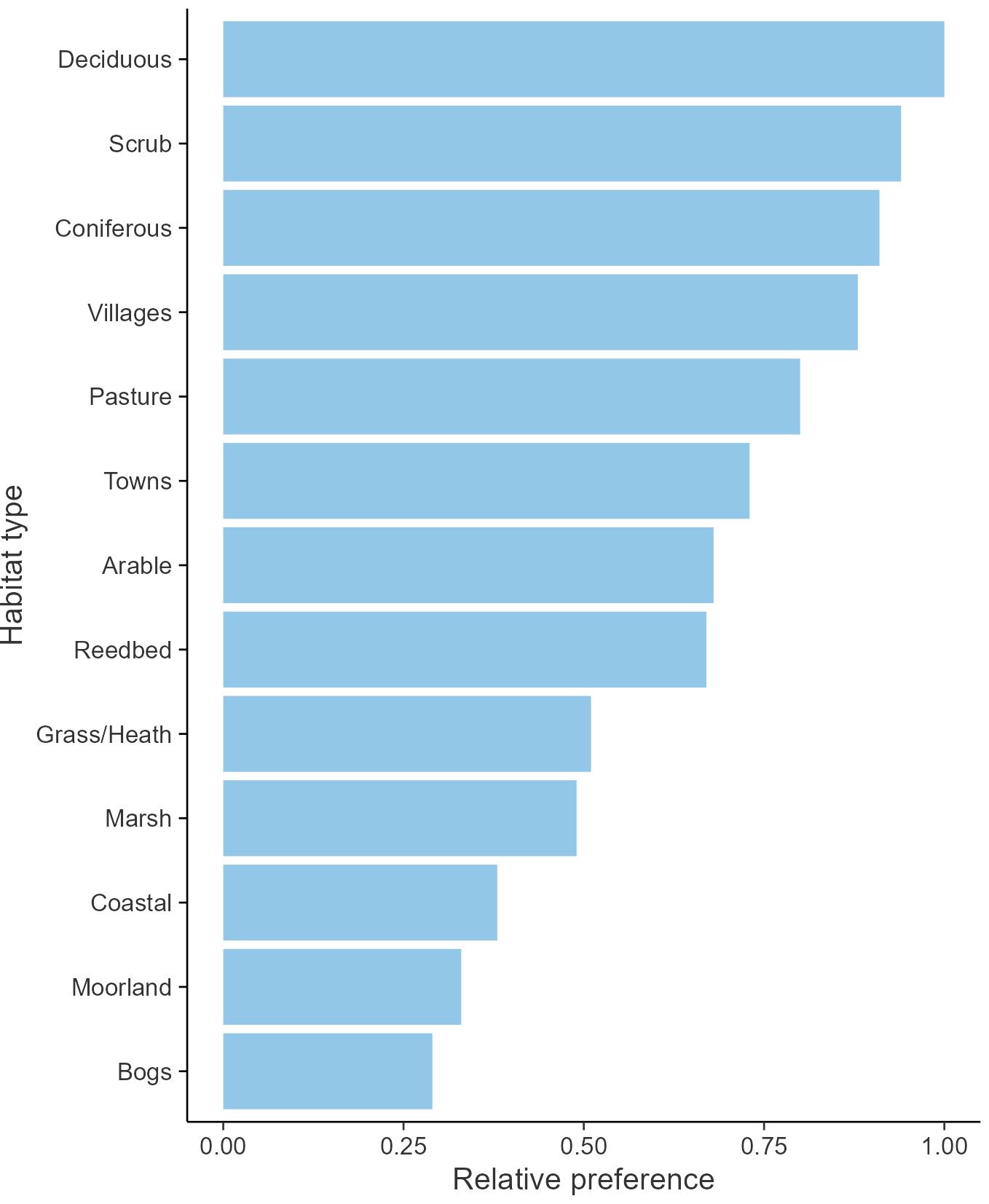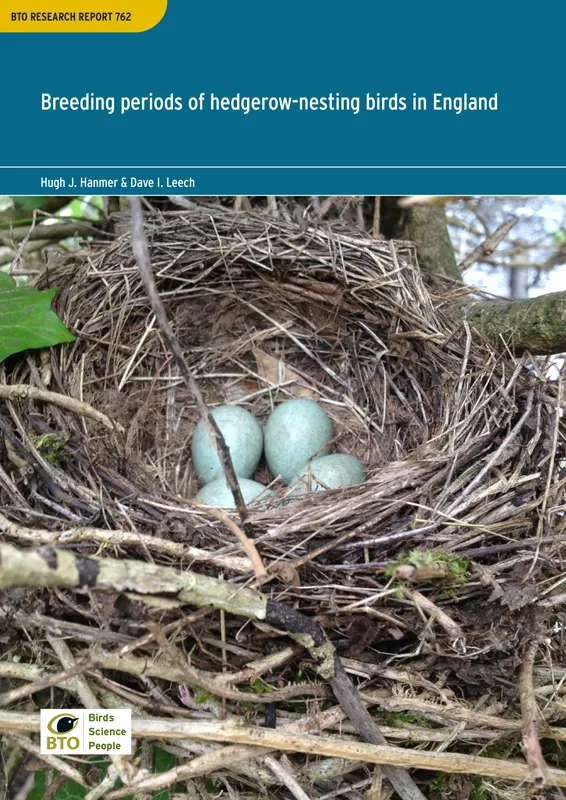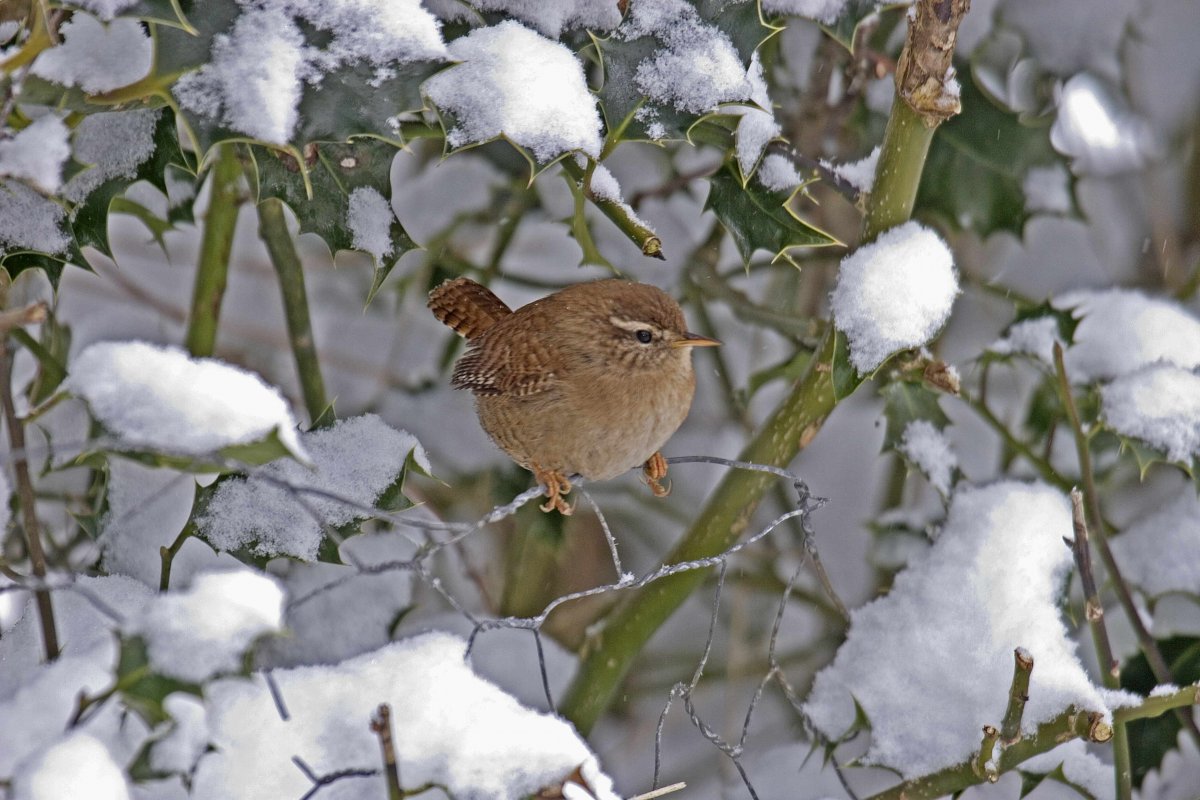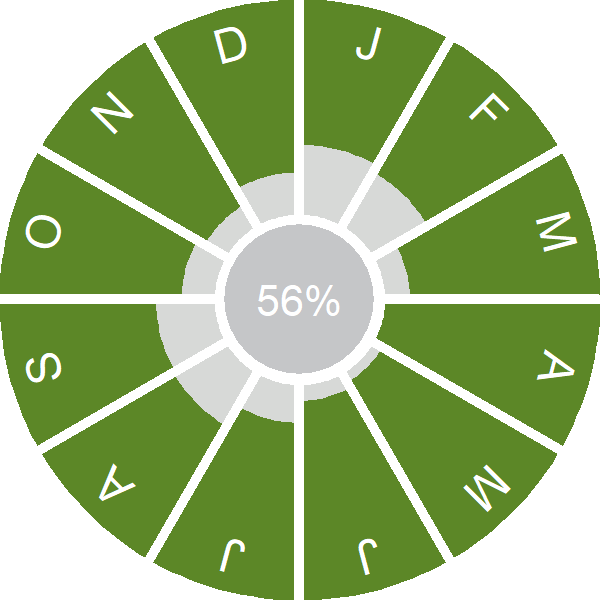Wren

Introduction
Small and chestnut brown with a short cocked tail, the Wren is one of our most widespread birds and can be found across Britain & Ireland.
The Wren is often heard before it is seen, giving its scolding 'tik-tik-tik-tik' alarm call or in full song which - for such a tiny bird - is remarkably loud! It is found in a wide variety of habitats, from rural farmland, woodland and uplands to cities, towns and gardens.
The Wren is the most numerous wild breeding bird in the UK, although its numbers can fluctuate, with declines after cold winters. Where it occupies far flung islands, the breeding populations have become so isolated that new subspecies have evolved; hirtensis on Fair Isle and hebridensis on St Kilda are larger and darker than their mainland cousins, and their songs differ slightly too.
- Our Trends Explorer gives you the latest insight into how this species' population is changing.

Key Stats
Identification
ID Videos
This section features BTO training videos headlining this species, or featuring it as a potential confusion species.
#BirdSongBasics: Dunnock and Wren
Songs and Calls
Song:
Call:
Status and Trends
Conservation Status
Population Change
The Wren's current UK population estimate is the highest for any species and, on the latest figures, one in eight of our breeding birds is a Wren (APEP4). Abundance can vary sharply from year to year, however. Wren numbers in the UK were greatly depleted by the cold winter of 1962/63 (Marchant et al. 1990). Following a rapid recovery up to the mid 1970s, abundance fell again in response to a further series of cold winters, only to return to its previous high level. Following recent severe winters, numbers were somewhat depleted once more, especially in Scotland and Northern Ireland, but have now recovered. The BBS map of change in relative density between 1994-96 and 2007-09 indicates that there was a gradient of change over that period, from minor decrease in parts of southern England to strong increase in North Wales, northern England and mainland Scotland. There has been an increase across Europe since 1980 (PECBMS: PECBMS 2020a>).
Distribution
The Wren is ubiquitous in Britain & Ireland, being present in at least 97% of squares throughout the year and absent only from some of the highest-altitude areas in Scotland. Densities are generally higher in Ireland than in Britain. Densities are also lower in upland areas.
Occupied 10-km squares in UK
or view it on Bird Atlas Mapstore.
or view it on Bird Atlas Mapstore.
European Distribution Map
Distribution Change
Given its widespread nature, there is little scope for further range gains. Atlas data suggest a 4% range expansion overall since the 1981–84 Winter Atlas, most notably across northern Scotland; this probably reflects increasingly mild winters and improved coverage in these areas of low Wren density.
Change in occupied 10-km squares in the UK
or view it on Bird Atlas Mapstore.
or view it on Bird Atlas Mapstore.
Seasonality
Wren is a common and easily detected species, especially in spring when singing and may be recorded on 60% of complete lists.
Weekly pattern of occurrence
The graph shows when the species is present in the UK, with taller bars indicating a higher likelihood of encountering the species in appropriate regions and habitats.

Habitats
Breeding season habitats
Relative frequency by habitat
The graph shows the habitats occupied in the breeding season, with the most utilised habitats shown at the top. Bars of similar size indicate the species is equally likely to be recorded in those habitats.

Movement
Britain & Ireland movement
Foreign locations of birds ringed or recovered in Britain & Ireland
Dots show the foreign destinations of birds ringed in Britain & Ireland, and the origins of birds ringed overseas that were subsequently recaptured, resighted or found dead in Britain & Ireland. Dot colours indicate the time of year that the species was present at the location.
- Winter (Nov-Feb)
- Spring (Mar-Apr)
- Summer (May-Jul)
- Autumn (Aug-Oct)

European movements
EuroBirdPortal uses birdwatcher's records, such as those logged in BirdTrack to map the flows of birds as they arrive and depart Europe. See maps for this species here.
The Eurasian-African Migration Atlas shows movements of individual birds ringed or recovered in Europe. See maps for this species here.
Biology
Productivity and Nesting
Nesting timing
Egg measurements
Clutch Size
Incubation
Fledging
Survival and Longevity
Survival is shown as the proportion of birds surviving from one year to the next and is derived from bird ringing data. It can also be used to estimate how long birds typically live.
View number ringed each year in the Online Ringing Report.
lifespan
Survival of adults
Survival of juveniles
Biometrics
Wing length and body weights are from live birds (source).
Wing length
Body weight
Ring Size
Classification, names and codes
Classification and Codes
- Order: Passeriformes
- Family: Troglodytidae
- Scientific name: Troglodytes troglodytes
- Authority: Linnaeus, 1758
- BTO 2-letter code: WR
- BTO 5-letter code: WREN.
- Euring code number: 10660
Alternate species names
- Catalan: cargolet
- Czech: strízlík obecný
- Danish: Gærdesmutte
- Dutch: Winterkoning
- Estonian: käblik
- Finnish: peukaloinen
- French: Troglodyte mignon
- Gaelic: Dreathann-donn
- German: Zaunkönig
- Hungarian: ökörszem
- Icelandic: Músarrindill
- Irish: Dreoilín
- Italian: Scricciolo
- Latvian: paceplitis
- Lithuanian: paprastoji karietaite
- Norwegian: Gjerdesmett
- Polish: strzyzyk (zwyczajny)
- Portuguese: carriça
- Slovak: oriešok obycajný
- Slovenian: stržek
- Spanish: Chochín paleártico
- Swedish: gärdsmyg
- Welsh: Dryw
- English folkname(s): Stumpy Toddy, Sumpit, Our Lady's Hen
Research
Causes of Change and Solutions
Causes of change
There is good evidence that mortality rates are severely affected by cold winter weather. Thus, a warming climate may have benefited this species, although there is only circumstantial evidence for this.
Further information on causes of change
There has been a reduction in the failure rate of nests at the egg stage, reflected in larger brood sizes and an increase in fledglings per breeding attempt, but the effects of productivity are overshadowed by the strong influence of winter weather on this species.
There is good evidence that annual numbers are influenced by mortality rates and that mortality may be very high in severe winters (Peach et al. 1995b, Morrison et al. 2016a). Wren survival rates were negatively correlated with the number of snow days in winter (Peach et al. 1995b) and with the number of frost days in winter (Morrison et al. 2016a). Robinson et al. (2007b) showed that survival is related to the strength of the North Atlantic Oscillation, an ocean-scale weather pattern that has a strong influence on UK weather. First-year survival was more influenced by weather than that of adult birds, although adult survival was also affected. Morrison et al. (2016a) found that northern UK populations were more resilient that southern populations, with a higher number of frost days required before population levels were affected. These observations suggest that a warming climate may benefit this species, and recent modelling also suggests that climate change may have had a positive impact on the long-term trend for this species (Pearce-Higgins & Crick 2019).
Information about conservation actions
There are currently no conservation concerns about the Wren, and in fact this species may benefit from climate change as this is likely to result in warmer winters leading to higher survival (see Causes of Change, above). Therefore, no specific conservation actions are currently required to benefit the Wren.
Publications (3)
Breeding periods of hedgerow-nesting birds in England
Author: Hanmer, H.J. & Leech, D.I.
Published: Spring 2024
Hedgerows form an important semi-natural habitat for birds and other wildlife in English farmland landscapes, in addition to providing other benefits to farming. Hedgerows are currently maintained through annual or multi-annual cutting cycles, the timing of which could have consequences for hedgerow-breeding birds.The aim of this report is to assess the impacts on nesting birds should the duration of the management period be changed, by quantifying the length of the current breeding season for 15 species of songbird likely to nest in farmland hedges. These species are Blackbird, Blackcap, Bullfinch, Chaffinch, Dunnock, Garden Warbler, Goldfinch, Greenfinch, Linnet, Long-tailed Tit, Robin, Song Thrush, Whitethroat, Wren and Yellowhammer.
05.03.24
Reports Research reports

Drivers of the changing abundance of European birds at two spatial scales
Author: Gregory, R.D., Eaton, M.A., Burfield, I.J., Grice, P.V., Howard, C., Klvaňová, A., Noble, D., Šilarová, E., Staneva, A., Stephens, P.A., Willis, S.G., Woodward, I.D. & Burns, F.
Published: 2023
Understanding how human activities drive biodiversity change at different spatial scales is a key question for conservation practitioners and decision-makers. While we have a good understanding of the primary causes of observed biodiversity declines – which include land-use change, climate change, pollution, and the over-exploitation of species – we still struggle to measure and detect biodiversity change in robust and meaningful ways.
29.05.23
Papers

Winter wren populations show adaptation to local climate
Author: Morrison, C.A., Robinson, R.A., & Pearce-Higgins, J.W.
Published: 2016
BTO research reveals that one of our most widespread songbirds – the Wren – varies in its resilience to winter weather, depending on where in Britain it lives. Scottish Wrens are larger than those living in southern Britain, and are more resilient to hard winter frosts.
30.06.16
Papers


